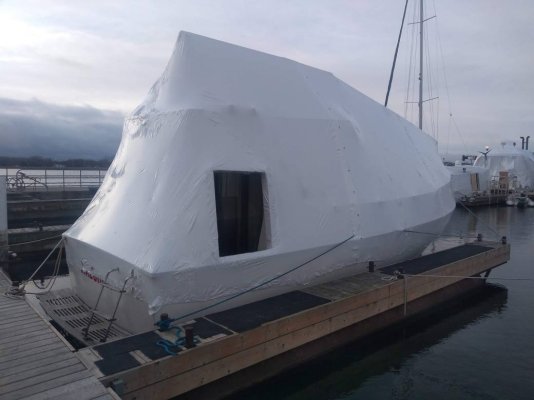Lostsailor13
Senior Member
Starting to set up a Willard 36 sedan for my first liveaboard,shes in the water now and just figuring everything out,gonna open up walls in vberth and spray foam insulate for the first step,then figure out what I wanna do for heat,the boat is in Gloucester so i have the new England winters to deal with thinking of putting in a cubic mini wood and coal stove

